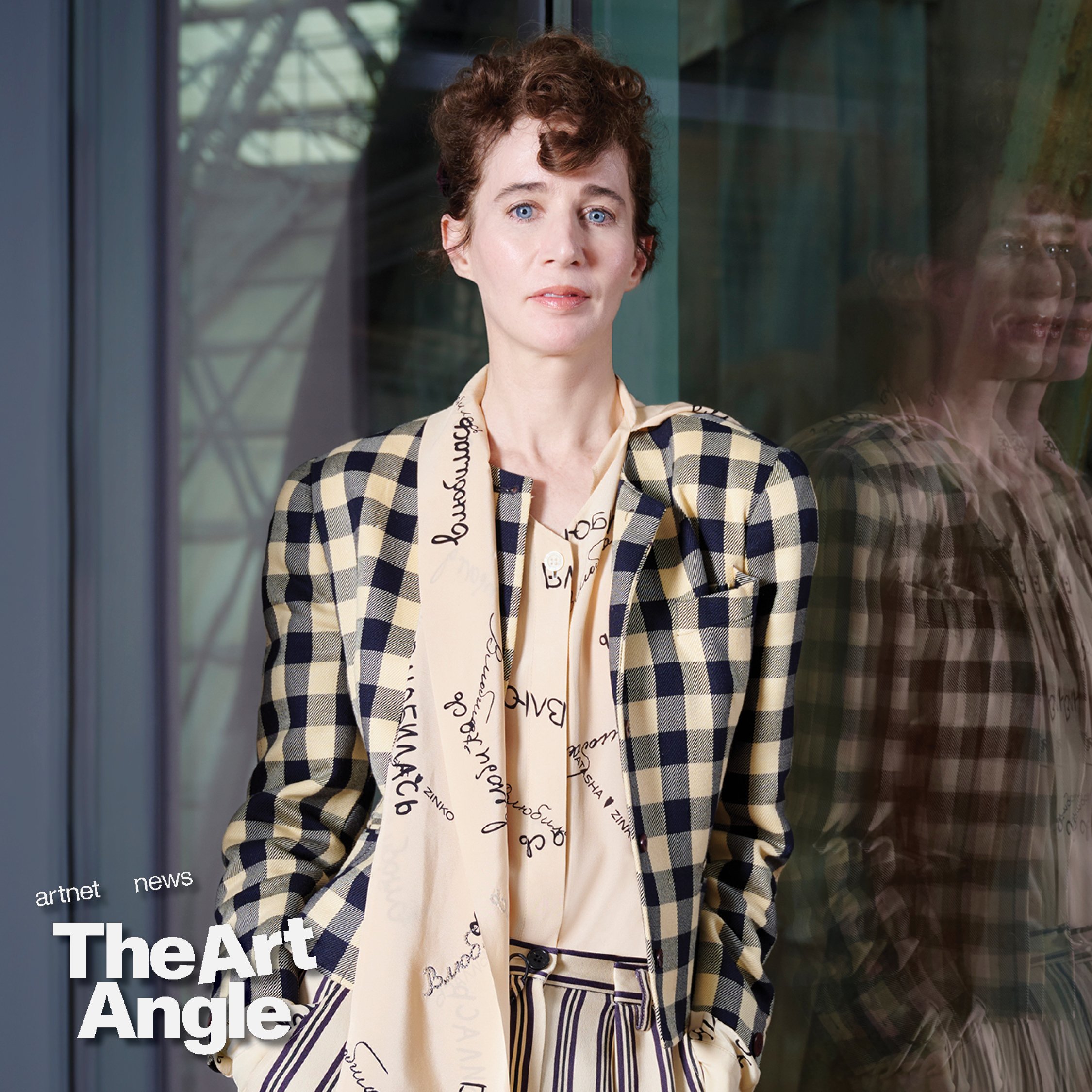
The filmmaker, artist, and writer Miranda July has worked across such a variety of media over the years, one might say it is almost hard to categorize her work. But there is actually a strong through line that emerges when you consider July’s vast oeuvre: an interest in how the remarkable may occur in small everyday moments and interactions—an interest in loneliness, sexuality, and death, and needing each other in our capacity to change and love—all these aspects that really make us human.
With this, July has built a diverse and awe-inspiring body of work. It includes a messaging app she developed called Somebody and an interfaith secondhand shop. Her art has been on view with the Venice Biennale, and she’s also made three feature length films, two of which she starred in.
She’s published four books and a participatory website called Learning to Love You More that she created with American artist Harold Fletcher that consists of assignments for the general public who make the art. There are instructions like “make a portrait of your friend’s desires,” or “perform the phone call someone else wishes they could have.” One of these assignments is part of her first solo exhibition, a major retrospective on view at Fondazione Prada in Milan until the end of October. It is “Assignment 43: Make an exhibition of the art in your parents’ house,” and it was completed by a local woman from Milan. It is one piece among many in a show that spans 30 years of July’s practice. There is also a new participatory video series in the mix called F.A.M.I.L.Y (Falling Apart Meanwhile I Love You).
Her newest novel, All Fours was published in May this year. A New York Times bestseller and long list finalist for the National Book Award, All Fours is an astonishingly candid look at sexuality and transformation, but also at an extremely underrepresented topic in literature: menopause and female aging. When I connected with July, she was in her home, which is also her studio in Los Angeles, a small painting by Louise Bonnet hung just behind her. It’s called Miranda, and it’s a contemplative portrait of a female figure in what looks like a state of metamorphosis. It suits July’s universe quite poetically.
—Kate Brown